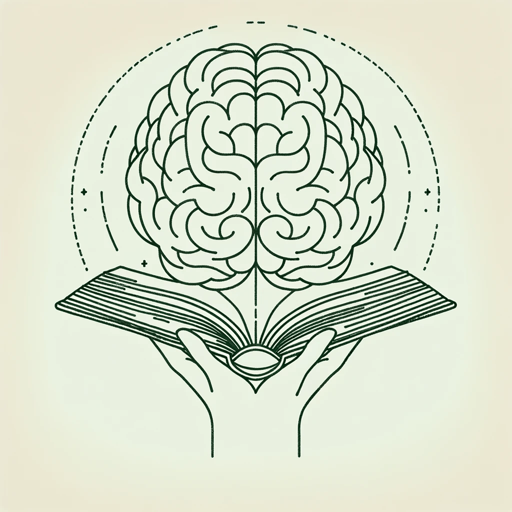56 pages • 1 hour read
C. G. JungModern Man in Search of a Soul
Nonfiction | Book | Adult | Published in 1931A modern alternative to SparkNotes and CliffsNotes, SuperSummary offers high-quality Study Guides with detailed chapter summaries and analysis of major themes, characters, and more.
Key Figures
Carl Jung
In 1900, young Swiss physician Carl Jung studied with Sigmund Freud, who trained Jung in the new system of mental health therapy, psychoanalysis. Jung quickly took the technique in another direction with his belief that the unconscious contains not simply bad impulses but many different drives that can go sour when repressed or bloom when appropriately expressed. Jung also agreed with Alfred Adler that the urge for power is as important as the urge for pleasure. Jung’s great contribution to psychotherapy is the idea that most mental health issues are spiritual in nature—that people become neurotic when their lives appear to them to be meaningless—and that deep in the mind lies a “collective unconscious” that contains helpful images and symbols, called archetypes, that well up when a person or an entire society needs them the most. Jung is also famous for his theory of personality types, which has led to the development of personality evaluation systems like the Myers-Briggs Type Indicator.
Jung’s break with Freud was stressful for both men, but it proved fruitful for psychology. Jung’s ideas helped birth the human-potential movement and inspired a deeper engagement by Western societies with Eastern philosophies. A person who practices yoga or mindfulness meditation can thank Jung for opening a doorway through which those techniques arrived in the West.


